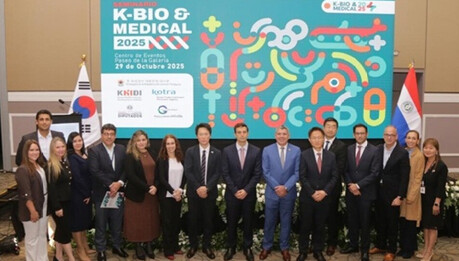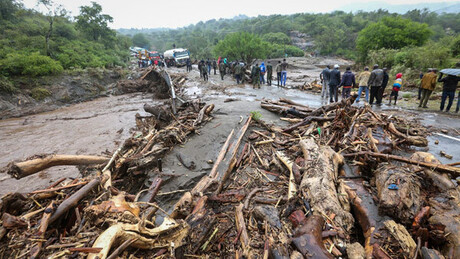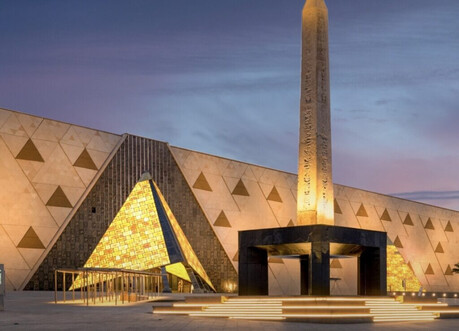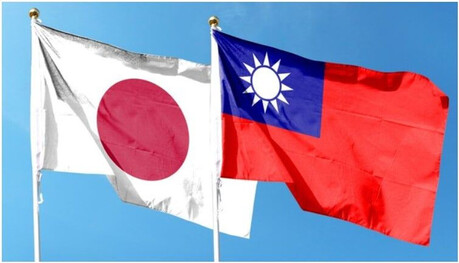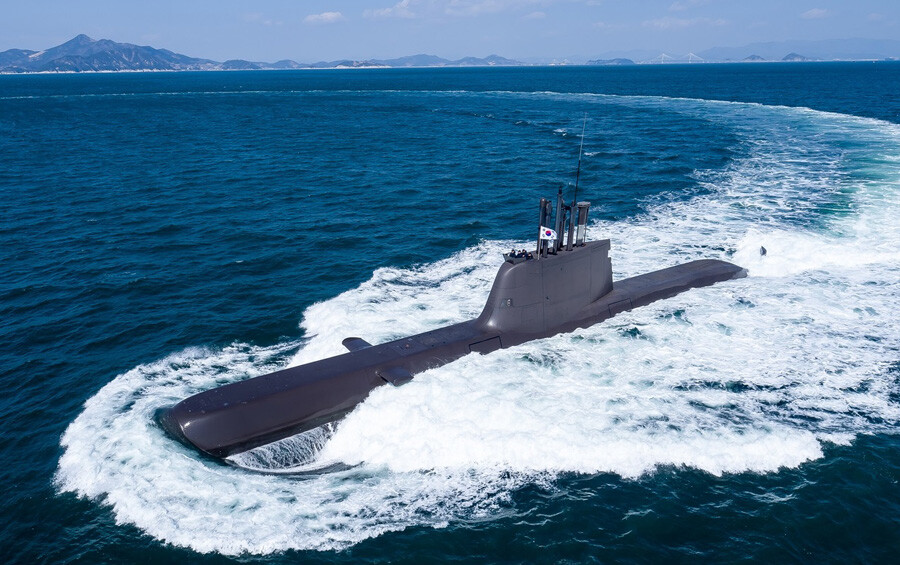
Gyeongju, South Korea – The Philippines has taken a significant step toward acquiring its first submarine fleet after President Ferdinand Marcos Jr. met with executives from South Korean defense giant Hanwha Ocean on November 1, during his visit for the 2025 Asia-Pacific Economic Cooperation (APEC) Summit. The meeting centered on Hanwha Ocean's comprehensive proposal to support the Philippine Navy's long-envisioned submarine program, a crucial part of the nation's ₱2 trillion (approximately $35 billion) military modernization effort, known as Re-Horizon 3.
A Comprehensive Proposal for Undersea Capability
Hanwha Ocean, a major player in South Korea’s shipbuilding and defense industry, presented a detailed plan to the Philippine President. The proposal extends beyond mere vessel supply, emphasizing long-term partnership and self-reliant defense posture for Manila. Key components of the offer include:
Vessel Offering: Deployment of the advanced Dosan Ahn Changho-class (KSS-III) submarines, a 3,000-ton class vessel. Hanwha Ocean highlighted the submarine’s cutting-edge features such as modern sonar and combat systems, and lithium-ion battery technology for extended, quieter underwater operations.
Infrastructure: Assistance in the construction of a dedicated local submarine base and the establishment of a Maintenance, Repair, and Overhaul (MRO) center in the Philippines.
Training and Support: Provision of training for Filipino submarine commanders and operating personnel using advanced simulators and integrated systems.
Industrial Cooperation: Plans for technology transfer and cooperation with local Filipino industries to boost the nation’s defense manufacturing capabilities.
The acquisition of a submarine fleet marks a historic milestone for the Philippine Navy, which has been seeking this capability for years. It is seen as a vital move to bolster the country's maritime defense and deterrence posture amid escalating tensions, particularly in the West Philippine Sea (South China Sea).
South Korea's Deepening Defense Ties with Manila
The potential submarine deal is a natural progression of the strong defense cooperation between South Korea and the Philippines. Manila has consistently turned to South Korean defense contractors for its modernization needs, including:
Aircraft: Procurement of 12 FA-50 light combat aircraft from Korea Aerospace Industries (KAI), with an additional 12 units slated for purchase.
Naval Assets: Multiple deals with HD Hyundai Heavy Industries for the delivery of frigates, corvettes, and offshore patrol vessels (OPVs).
Furthermore, Hanwha Ocean has been in the international spotlight recently. On the sidelines of the APEC meeting, Canadian Prime Minister Mark Carney visited Hanwha Ocean’s shipyard in Geoje to inspect the recently launched Jang Yeong-sil submarine, a 3,600-ton KSS-III Batch-II vessel, signaling the company's competitive edge in the global submarine market.
Hanwha's Global Footprint and Nuclear Ambitions
In a related development, the discussion around submarine technology has expanded globally for the South Korean firm. US President Donald Trump announced his approval for South Korea to build a nuclear-powered submarine, specifically mentioning that the construction would take place at the Hanwha Philly Shipyard in Philadelphia, a subsidiary of Hanwha Ocean. This move, which parallels the US-UK-Australia AUKUS security pact, would make South Korea only the fourth nation to receive such sensitive nuclear propulsion technology from the US. While the construction of nuclear-powered submarines involves complex logistical and regulatory hurdles, the announcement underscores Hanwha's growing strategic importance in the international defense shipbuilding arena.
The Philippines' commitment to acquiring undersea warfare capabilities under its current modernization phase, with an estimated budget of ₱80 billion to ₱110 billion allocated for two diesel-electric submarines and associated basing needs, positions the Hanwha Ocean bid as a frontrunner. Its comprehensive package offering—which includes technology transfer and infrastructure development—makes it a highly competitive and strategically appealing option for Manila's long-term defense objectives.
[Copyright (c) Global Economic Times. All Rights Reserved.]

















